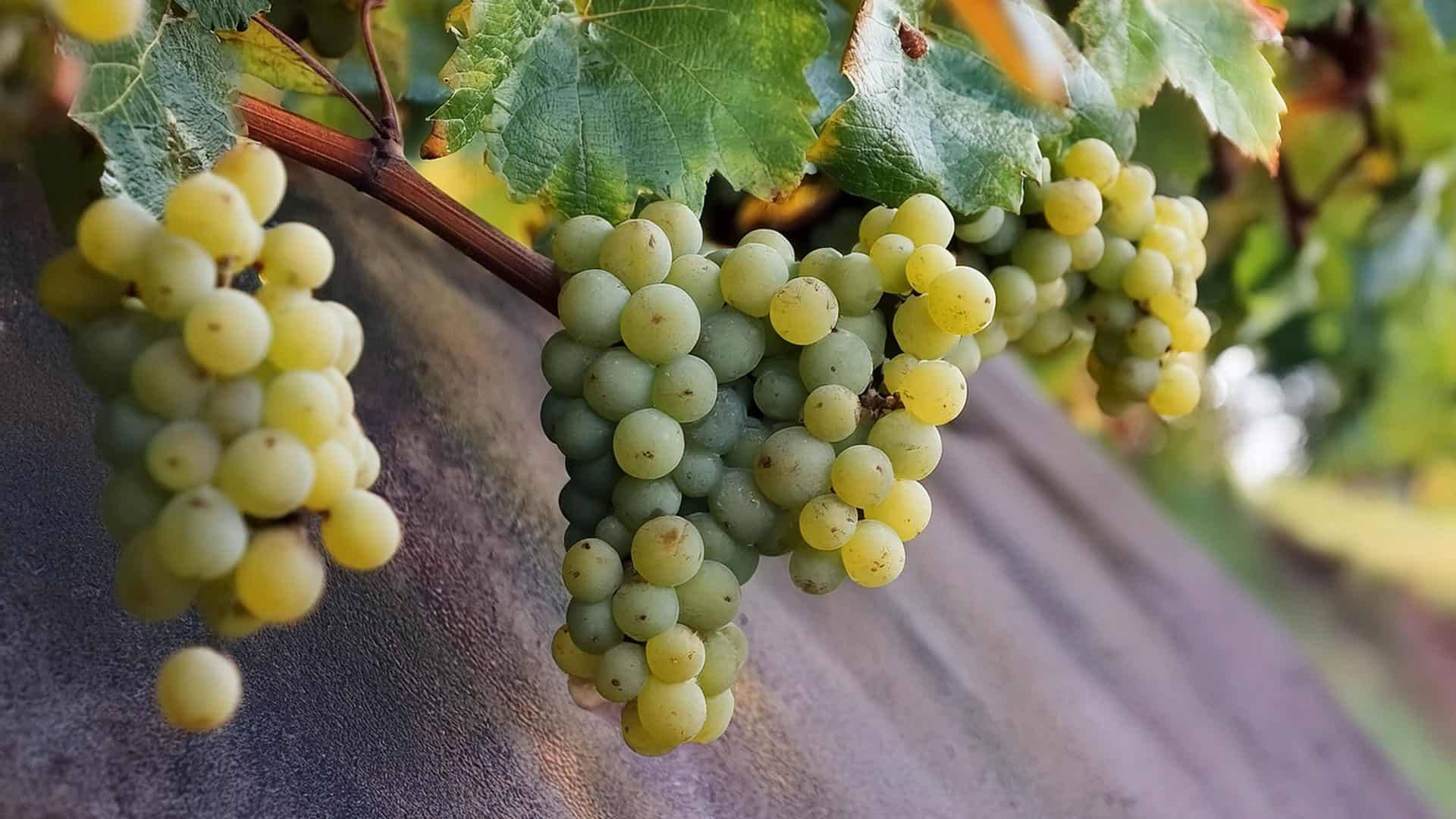In addition to these outstanding Silvaner wines, our range includes a variety of other first-class wines from the region. Discover a wide selection of white wines, rosé wines, red wines, sparkling wines and digestifs in our online store.
If you are looking for a gift, we offer you our gift service. Choose from various tasting boxes or opt for a gift voucher that allows the recipient to choose freely from our online store.
The most important facts about this grape variety at a glance
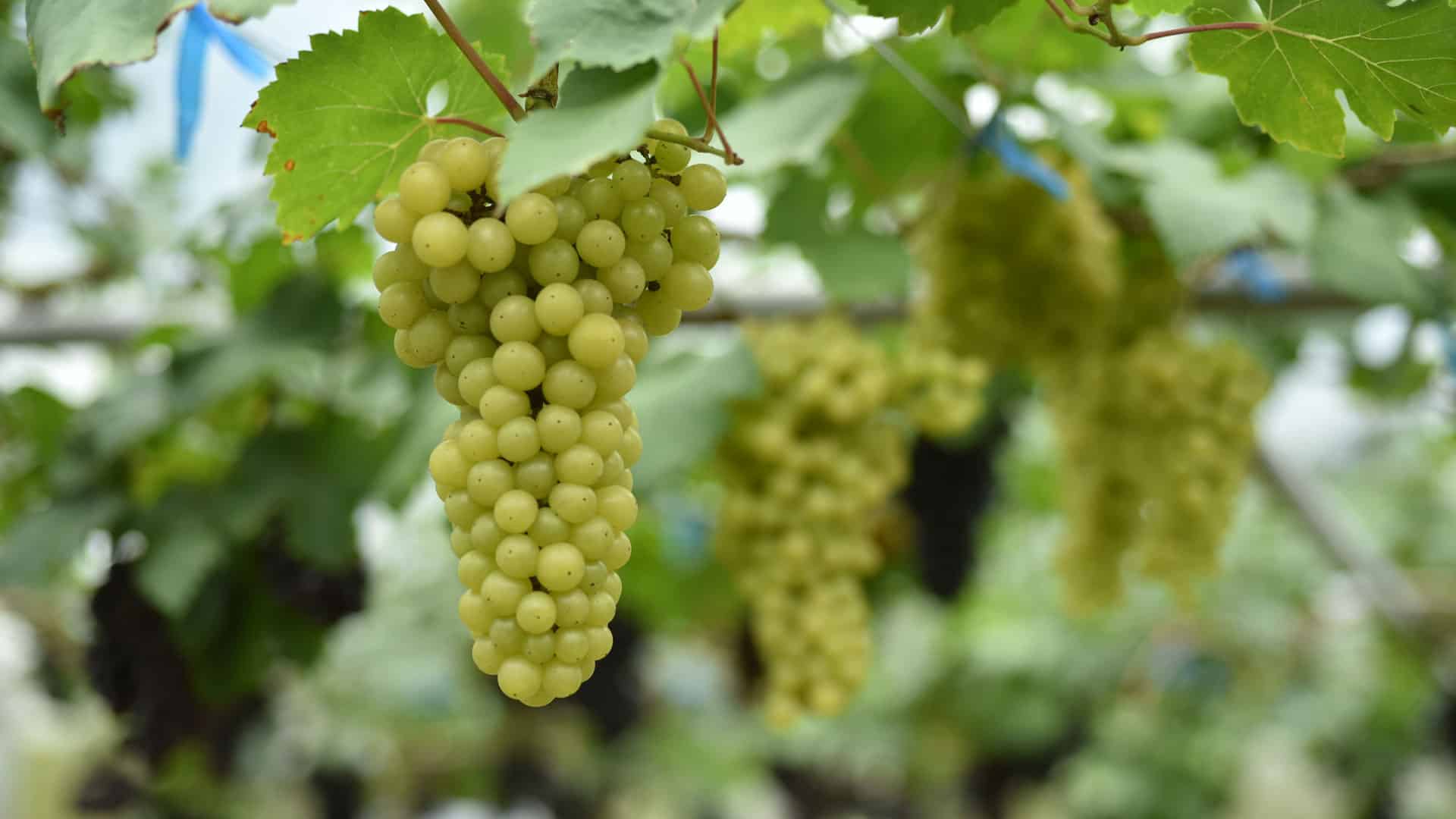
- Silvaner is an indigenous grape variety from the Danube basin in Austria. It was brought to Germany by monks in the 17th century and was demonstrably planted in Castell in Franconia on April 10, 1659, marking the beginning of Silvaner viticulture in Germany. Just six years later, Alberich Degen, abbot of the Ebrach monastery, planted the first Silvaner vine in the Würzburger Stein vineyards.
- After accounting for over 30% of the German wine-growing area until 1970 and thus far ahead of Riesling, the German vine population has been in continuous decline ever since. In its country of origin, Austria, it no longer plays a role. In Germany, it has been displaced by the mass grape Müller-Thurgau. In addition to Germany (Franconia, Palatinate and Rheinhessen), the variety is also cultivated on a significant scale in Alsace (> 1,000 ha) and in Valais (> 250 ha) in Switzerland. Today, Silvaner is mainly cultivated in the wine regions of Franconia, Palatinate and Rheinhessen.
- Wines from the Silvaner grape generally have a strong and intense aroma. As a young white wine, pears and gooseberries dominate the fruit spectrum, while aged wines tend to take on an earthy, spicy flavor. The terroir also has a decisive influence on the character of the wine.
- In Valais, the grape variety is known as Johannisberg and is the second most important white wine variety after Chasselas (called Fendant in Valais). It is known as Gros Rhin (compared to Petit Rhin for Riesling).
Origin, origins & significance of the Silvaner grape variety
Today, Silvaner is perceived as an original Franconian, quasi-autochthonous grape variety, but originally comes from Austria. It is a natural cross between the varieties Traminer (also known as Savagnin blanc or Heida in Valais) and Österreichisch-Weiss. While Traminer is a Franconian and better variety, Österreichisch-Weiss comes from a Heunisch-Sämling, i.e. a lesser variety.
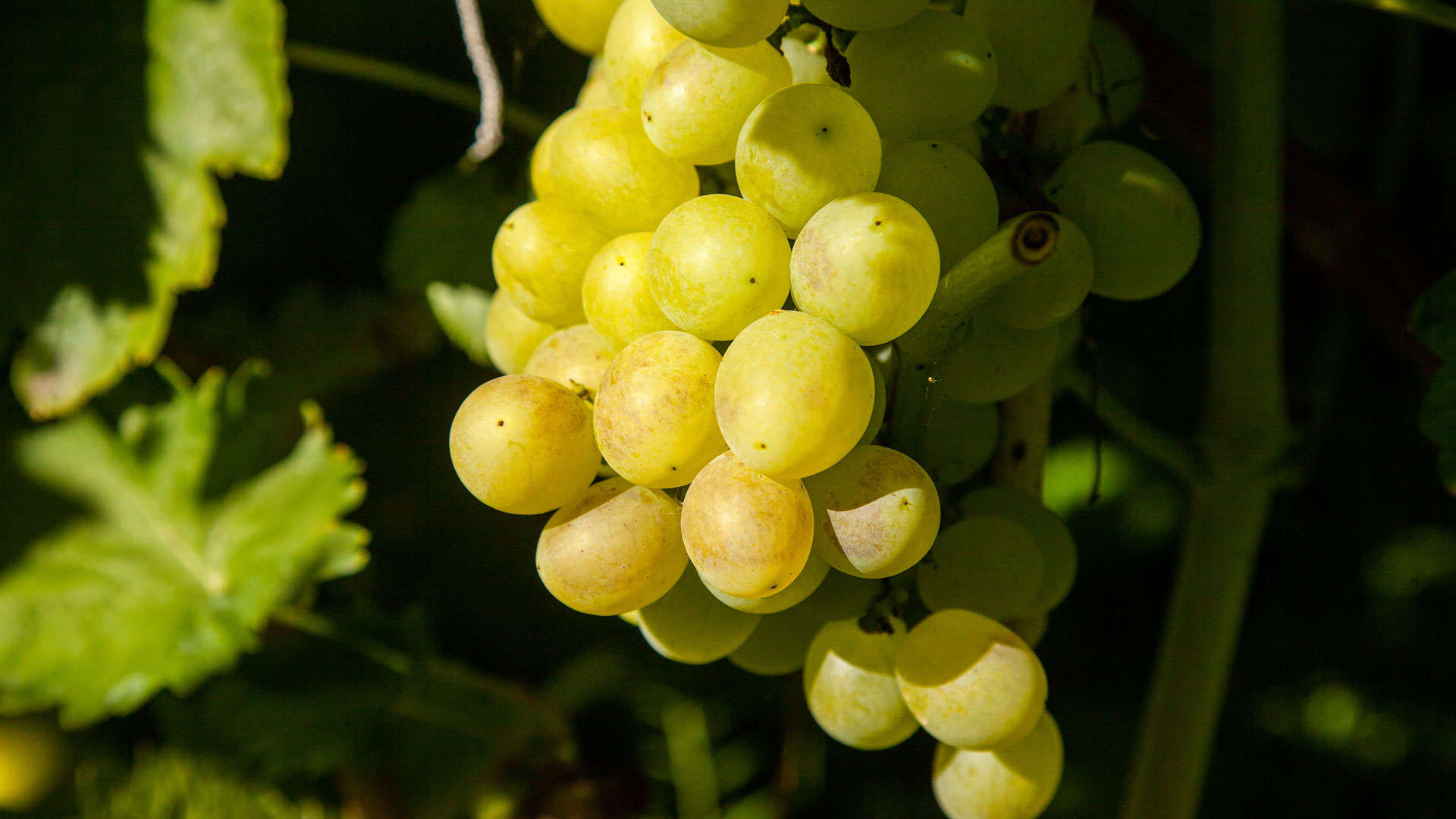
Silvaner was first mentioned in Germany in 1665 as the “Östareiche Rebe” by the abbot of a Franconian monastery in the Steigerwald. The Roman forest god Silvanus is thought to be the patron saint of this variety. He not only stood for the power of nature, but also for the rural view of the world and was revered as the inventor of plant cultivation.
Until 1970, the variety dominated German white wine cultivation ahead of Riesling. Since then, the grape’s importance in Germany has steadily declined. Today, it is still considered the leading grape in the Franconian wine-growing region and is also cultivated in Rheinhessen and the Palatinate. The winegrowers in these regions play a decisive role in the cultivation of Silvaner. Worldwide, the variety is cultivated on just over 6,000 hectares of vineyards. After Germany (2,000 ha), Alsace in France and Valais in Switzerland are two other large and well-known areas in Central Europe where this variety is cultivated. In Switzerland’s largest wine-growing canton, the Silvaner vine plays the second most important role among the white wine varieties after Chasselas. As Johannisberg, it has been native to Valais since 1862 and is one of the most popular white wine varieties.
Silvaner and its synonyms
The almost 150 synonyms that exist for Silvaner not only testify to its wide distribution, but above all to its great age as a grape variety. The most important synonyms are Johannisberg, Rhin or Gros-Rhin (in the French-speaking Valais), Grüner Silvaner, Silvaner or Österreicher (in the German-speaking regions).
Characteristics of the Silvaner: growth, ripeness and yield
Vigorous in growth and fertile, the vines consistently produce even and high yields in frost-proof locations thanks to their strong resistance to flowering. The vineyard plays a decisive role in the growth of Silvaner. The vine is susceptible to powdery and downy mildew, chlorosis and botrytis and is quite sensitive to winter frost due to its rather mediocre wood ripeness. The grapes are usually harvested in early to mid-October during the grape harvest and are therefore considered medium-ripening.

Taste profile of Silvaner: unmistakable aroma of pear to earthy-spicy nuances
Provided that it matures well and the yield is not too high, Silvaner produces extremely harmonious wines with a fine acidity, floral aromas and a balanced taste. As a young wine, it is known for its citrus notes and aromas of gooseberry and pear. Herbs and notes of artichoke through to honey and melon aromas in fuller-bodied wines complete the bouquet. Generally rather intensely spicy with a slight minerality, the earthy tone increases with age. A wine tasting is the ideal way to fully experience the diverse nuances of Silvaner flavors.
Silvaner vs. Riesling
Differences between Silvaner and Riesling Silvaner
Silvaner is an independent grape variety, while Riesling is a cross between Pinot Blanc and Pinot Gris. Silvaner has a different aroma and flavor profile than Riesling, with notes of peach and citrus. Even though Riesling is a popular grape variety that is grown in many wine regions, Silvaner knows how to impress with its unmistakable characteristics.
The wine character of Silvaner is strongly influenced by the location and the respective soil conditions. While it is often rather neutral on clay soils, very fine and elegant wines are produced on so-called weathered soils. Even though Silvaner per se is a grape variety with a less pronounced fruity character, it is still considered an excellent indicator of terroir and is in no way inferior to Chardonnay in this respect. Compared to Riesling, the Franconian Silvaner is known for its quality within Germany.
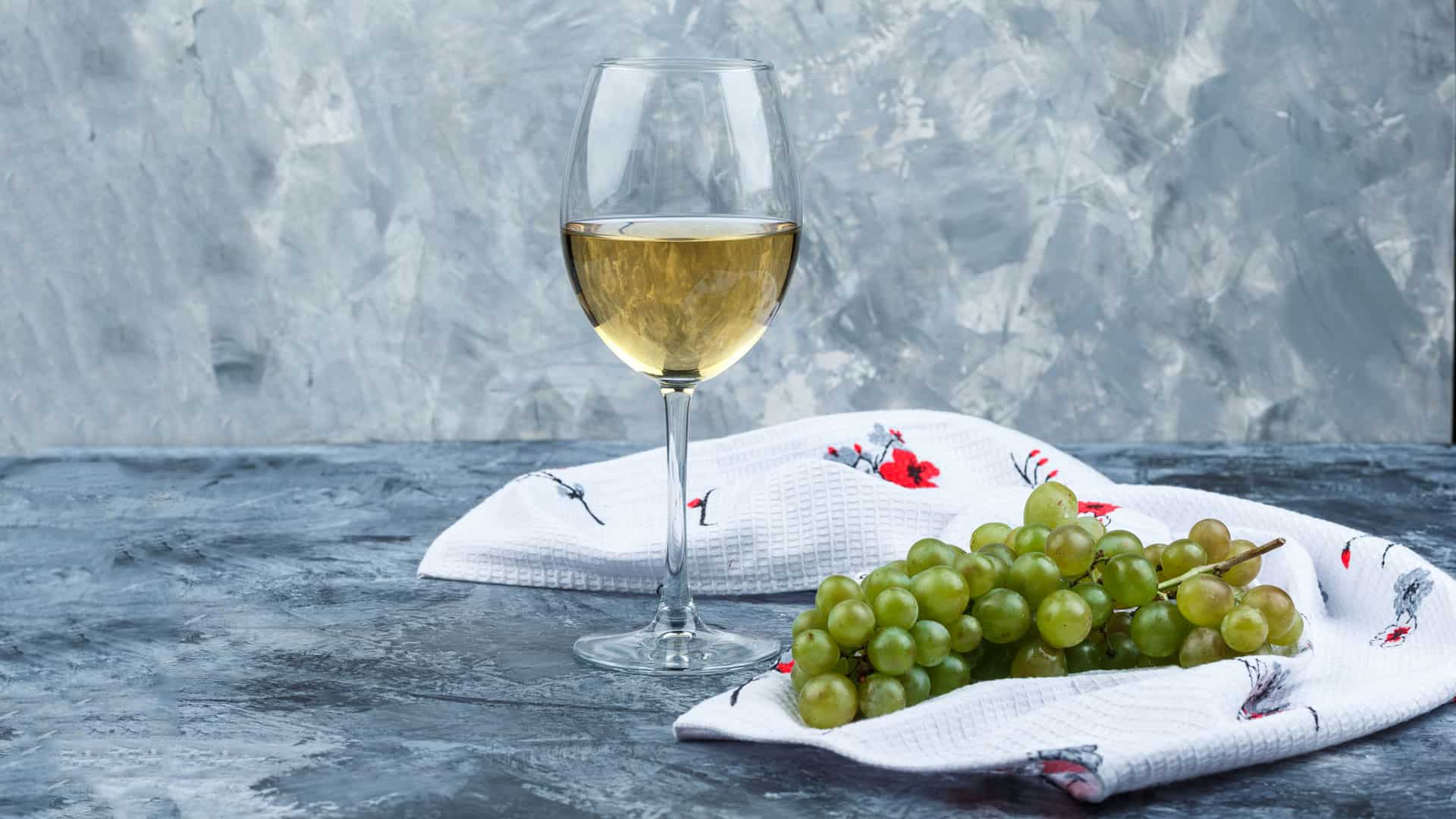
Silvaner is also an ideal introduction to the world of wine, as it is easy to drink and understand. A Silvaner, whether from Valais, Alsace, Germany or Austria, is therefore very suitable for beginners, as its excellent terroir display means it offers a variety of flavors and aromas that vary depending on the growing region and winemaker, yet are easy to understand, comprehend and interpret. In Valais, for example, the Silvaner vines have spread in the hamlet of Chamoson with its light, slate and gravel soils. These soils give the wines that are vinified here an extremely pleasant, muscular fruitiness with hints of almonds.
Silvaner and food: The best combinations
As Silvaner can vary greatly depending on the terroir on which it was grown, it goes very well with a variety of different dishes and is ideal for a wine tasting with different foods. This white wine goes very well with traditional home cooking and country cuisine, but also as an aperitif wine with cheese specialties and dishes with fish, salads, asparagus and lighter meat dishes. Our tip: Try it with vegetarian and vegan dishes too. The taste of Silvaner harmonizes particularly well with these diverse dishes.
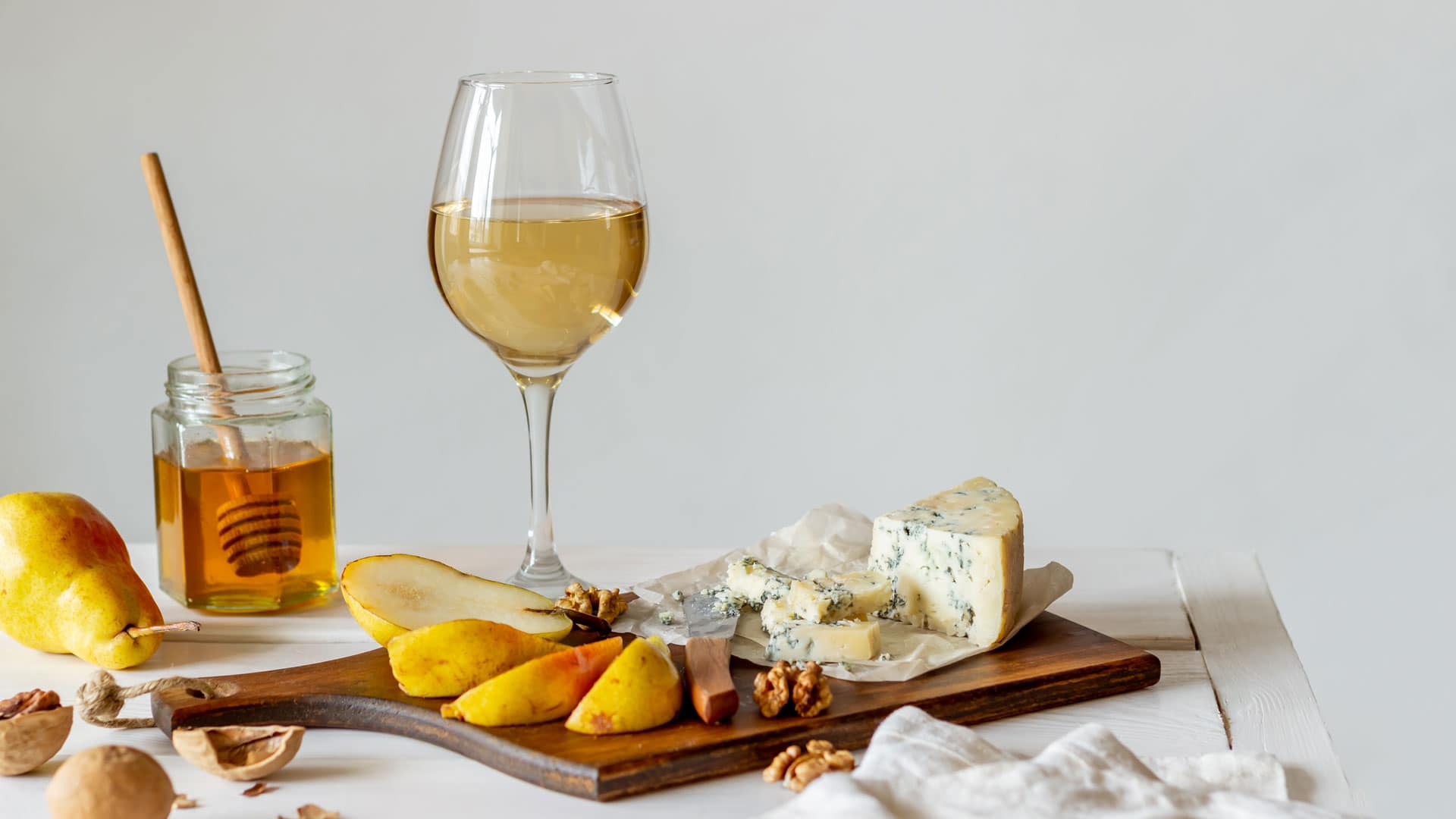
Interesting facts about the Silvaner
Wine lovers often have many questions about Silvaner wines and their viticulture. Here you will find the answers to frequently asked questions about Silvaner wines.
What kind of wine is Silvaner?
Silvaner comes from a natural cross between the Traminer and Österreichisch Weiss grape varieties and is cultivated in various wine-growing regions.
What do you eat with Silvaner?
A true classic, Silvaner harmonizes particularly well with meat, seafood and fish dishes, its taste perfectly complementing the flavours of the food.
Is Silvaner sweet?
The Silvaner Auslese is for wine lovers with a distinct character, a playful fruity sweetness and gentle acidity. Its aromas range from ripe peach to honey notes.
What does Riesling Silvaner taste like?
Due to the soil and orientation, the wine has a particularly intense and lively aroma that characterizes the taste of Riesling Silvaner. It is typical of the variety, with subtle nutmeg notes and a fine fruit of citrus, fresh peach, pineapple and exotic guava. On the palate, it is lively and refreshing, powerful and juicy.
What is the Silvaner grape called in Switzerland?
Origin. Silvaner is a white grape variety that is also known as Johannisberg or Rhin in Valais.
What else do you call Silvaner?
The Silvaner goes by many names such as Augustiner Weiss, Bötzinger, Fliegentraube, Franken, Frankenriesling, Frankentraube, Grünedel, Grüner Silvaner, Österreicher, Österreichisch, Roter Silvaner, Schönfeilner, Feuille Ronde, Gamay Blanc, Gros Riesling, Petite Arvine, Picardon Blanc, Picardou Blanc, Silvain Vert, Sylvaner Verde, Sonoma Riesling, Silvanac Zeleni, Silvanai Zeleni, Salfin Salfin Belyi, Salfine Bely, Grüner, Grüner Österreicher, Grüner Zierfandler, Pepitraube, Pepltraube, Sylvaner, Zierfandler; Gros Plant du Rhin, Gros Rhin, Johannisberg, Rhin (Switzerland); Sylvánské Zelené, Zeleni Silvanec, Cynifadl Zeleny, Cynifal, Cynifal Zeleny, Sylvánské Zelené, Bálint, Beregi Szilvani, Zöld Szilváni. Although these names and similar appearances could make them confusable with other varieties such as Elbling (Weisser Silvaner), Österreichisch-Weiss or Sauvignon Blanc (Muskat-Silvaner), they are nevertheless grape varieties in their own right.

